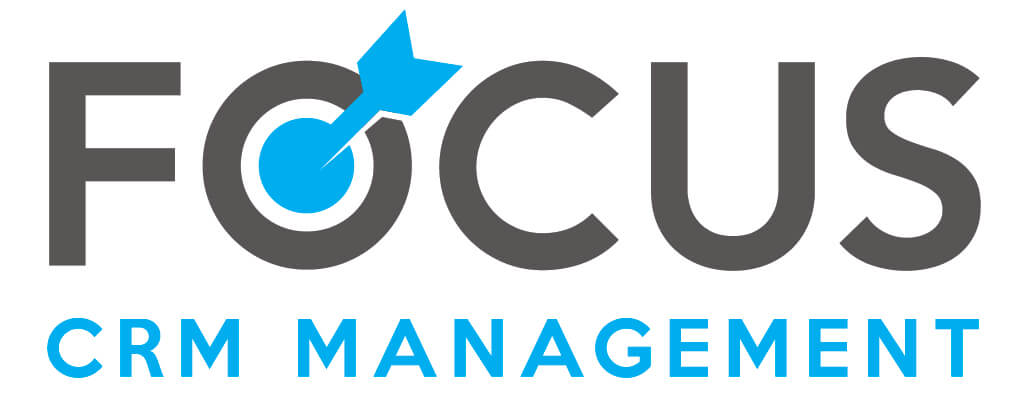I was working with a client recently and we were constructing an Engagement campaign that had ‘send an email’ as one of the steps. He was adamant that the email we were building have a very large number of personalization fields on it. Having looked at his Salesforce, he did have an inordinately large amount of data on all of his leads and contacts. Things that I said would be too much to include in an email to a prospective client. He disagreed – so I suggested we run an A/B test to a smaller sample size to test our theories and whichever proved more effective, we would use for the engagement.
Here’s the thing, we are marketers and we thrive on data – the more we have the more effective our campaigns become. We can target better, we can segment better and ultimately, we can communicate better to both our prospective and current customers. But just because we have that data and we will use that data, doesn’t mean we should let people know how much data we have, or how we are collecting it.
Where to draw the line between what’s personalization and what starts to veer into the creepy lane is the question. In my opinion, if you are stepping outside the corporate norms in a professional email then care should be given in regard to how you word the email and/or whether or not to include that personal data. For example, just because you know my wife’s name, doesn’t mean that you should include it in a professional email to me – especially if this is a form or campaign email that is going to be sent to potential customers.
For me, personalization in an email is less about impressing people with what you know about them and more about finding that balance where you trigger them to truly remember who you are and then key on specifics that will help you make the sale. For example…
Hi Dave, it’s been a couple years since we met at the 2017 Spring Trade Show. I know you spent some time speaking with Denise while you were at our booth and I was so glad she brought you over to meet me. We’ve been making some serious advances lately in regard to our BI software, Denise had mentioned to me that you currently use Spotfire…
There’s plenty of personalization in that one paragraph – but it isn’t over-the-top. Firstly, it mentions the person by name – appearing to be (at the very least) someone that he knows. You mentioned where you met him and who he spoke with on your team. You also mentioned the product area and the product he is currently using. Once you’ve gotten that far – now you can start into the message. Engagement is achieved because what looked like a form letter, has now become personalized enough to be able to open the dialogue specific to what the customer is looking for.
Pleasantries are nice, no doubt – but save them for the phone calls or the face-to-face meetings. Stick to personalization that adds value to the email as opposed to reminding me that you know my wife’s name. By the way, we did run that A/B test with 1000 prospects – his opt-out rate exceeded mine by almost 160%.

